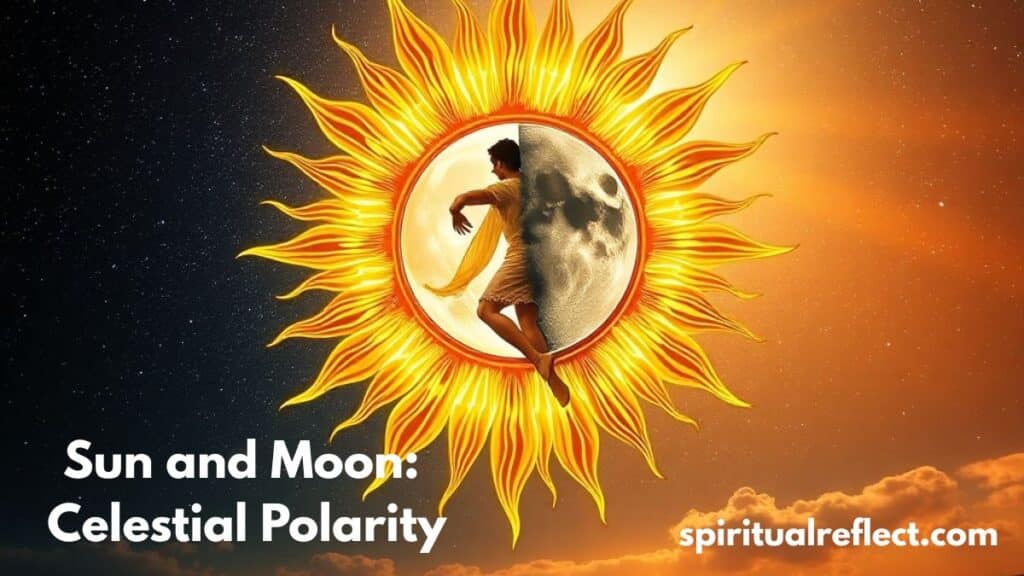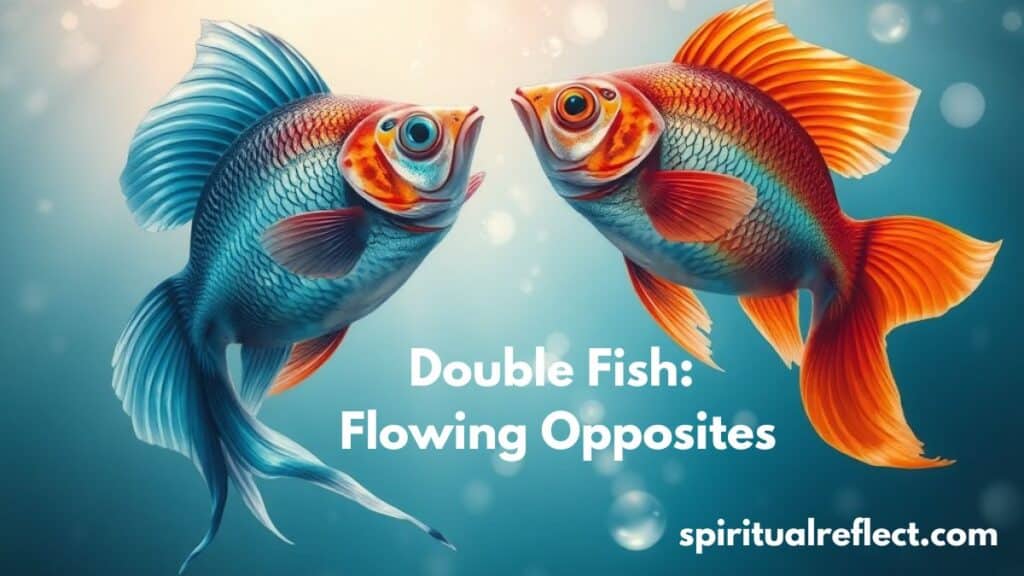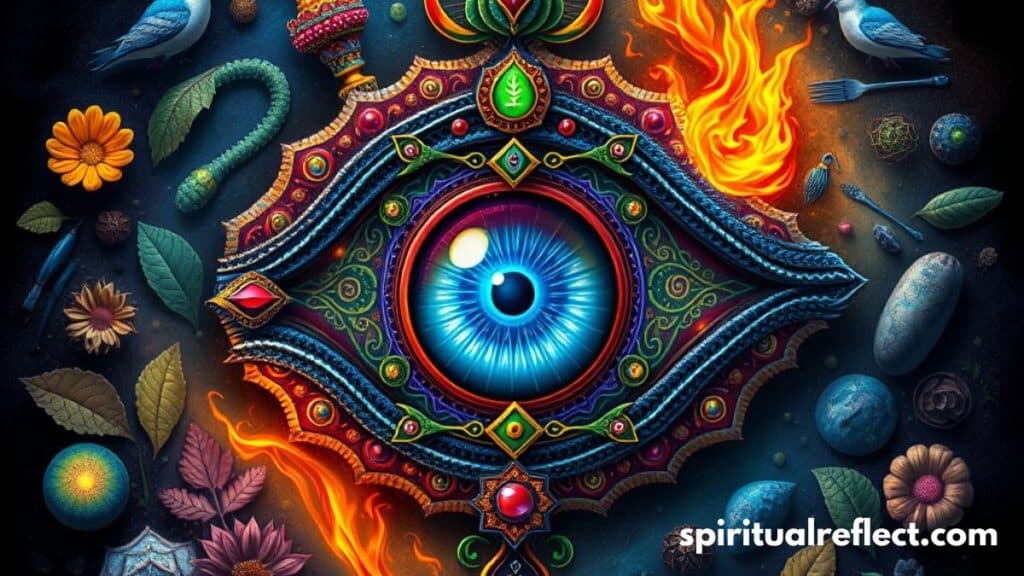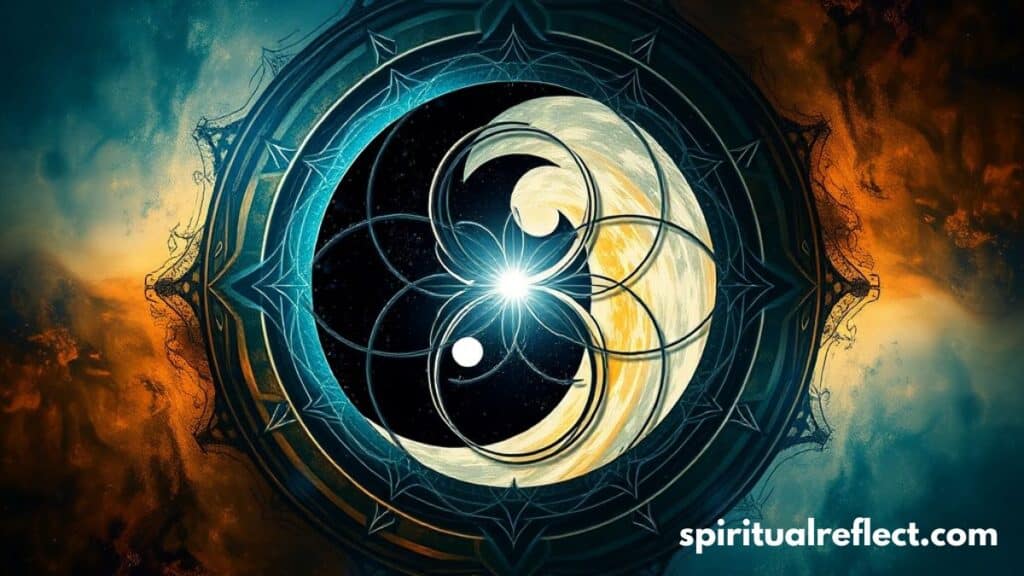Duality refers to the coexistence of two contrasting yet complementary forces—light and dark, masculine and feminine energy, spiritual and physical, order and chaos. “17 Symbols of Duality and Accepting It” explores ancient and modern icons that represent this balance, helping us understand the interconnectedness of opposing forces. These symbols don’t just represent contrast; they reveal how both sides are necessary for harmony, growth, and inner peace.
Throughout history, art, mythology, and spiritual traditions have used powerful symbols to express the paradox of dual nature. These visual tools serve as timeless reminders that transformation arises not by rejecting one side but by embracing both. Their wisdom holds the key to understanding life’s deeper rhythm, where shadows give meaning to light and chaos births new order.
In this guide to 17 Symbols of Duality and Accepting It, you’ll explore symbolic representations like the Yin-Yang, Eiwaz Rune, and Vesica Piscis. These symbols aren’t just esoteric—they offer practical insight into finding inner harmony and achieving true energy balance in a polarized world.
Fire and Water: Nature’s Fiery Balance

Few pairs represent opposing forces more clearly than fire and water. One burns, the other cools. One symbolizes destruction, the other life.
Yet, they don’t always oppose. Together, they forge transformation:
- Fire tempers steel; water cools it
- Volcanic steam powers engines
- Hot springs (fire + water) offer healing
“Water is fluid, soft, and yielding. But water will wear away rock, which is rigid and cannot yield.” — Lao Tzu
Spiritual Symbolism:
- Fire: Passion, masculine energy, purification
- Water: Emotion, feminine energy, intuition
Lesson: Harmony doesn’t mean sameness. It means learning to balance dual energy for transformation.
Eiwaz Rune: Life, Death, and Renewal
The Eiwaz Rune (ᛇ) from the Elder Futhark runic alphabet represents the yew tree, a symbol of cosmic duality.
Key Traits:
| Aspect | Representation |
|---|---|
| Tree | Life/Death cycle |
| Root | Underworld/Shadow |
| Branches | Heavens/Light |
Why it matters: The yew lives long and is often found in graveyards. Its presence whispers the truth: life grows from death, and endings are simply transformations.
Used in:
- Norse mythology
- Modern pagan rituals
- Meditations on polarity integration
Traditional Scales: Weighing Opposites
Scales represent fairness, but also the balance of opposing forces in human experience. Think:
- Justice vs Mercy
- Truth vs Compassion
- Rights vs Responsibilities
In ancient Egypt, the goddess Ma’at used scales to weigh a soul’s heart against a feather.
Esoteric Meaning: Inner balance, karmic justice, and energy balance
Symbolism in Cultures:
- Egypt: Afterlife judgment
- Greece: Themis, goddess of justice
- Modern law: Legal fairness
Sun and Moon: Celestial Polarity

This ancient duality governs day and night, masculine and feminine, logic and intuition.
| Symbol | Traits |
|---|---|
| Sun | Reason, clarity, assertiveness |
| Moon | Emotion, mystery, receptivity |
Used in:
- Astrology (Sun sign = self; Moon sign = emotions)
- Tarot (The Sun = clarity; The Moon = illusion)
Spiritual Lesson: Trust both reason and instinct. Balance of nature includes both shadows and light.
Chakana: The Incan Cross of Balance
The Chakana, or Andean cross, shows a symbolic representation of the physical and spiritual world.
Four Sides Represent:
- North: Wisdom
- South: Rebirth
- East: Knowledge
- West: Transformation
Its center—a void—represents unity through contrast.
Complex Terminology Unpacked:
- Hanan Pacha: Upper world (gods)
- Kay Pacha: Middle world (humans)
- Ukhu Pacha: Underworld (spirits)
Each step of the Chakana invites us to embrace duality and understand our place in cosmic order.
Janus: The Dual-Faced Roman Deity
Janus looks to the past and the future, embodying conceptual duality:
- Beginnings & Endings
- War & Peace
- Inner Self & Outer World
He was invoked at transitions: doorways, new years, and life changes.
Metaphorically, Janus reminds us to hold both memory and vision. Don’t get stuck in one.
Yin Yang: Ultimate Symbol of Duality
Probably the most recognized symbol of duality, the Yin-Yang (☯) represents complementary elements:
| Yin | Yang |
|---|---|
| Feminine | Masculine |
| Night | Day |
| Passive | Active |
| Shadow | Light |
Each contains a seed of the other. That’s key to non-dual awareness.
Positive Duplexity Principle: We are not either/or. We are both/and.
Satkona: The Star of Unification
The Satkona, a six-pointed star from Hindu and Tantric traditions, is made from:
- Upward triangle: Shiva (masculine, fire, spirit)
- Downward triangle: Shakti (feminine, water, matter)
Their Union = Creation
Deep Meaning: The divine arises when the masculine/feminine balance is achieved. It’s the unity through contrast that births the universe.
Eagle Feather: Spiritual Duality in Indigenous Cultures
For many Native American crews, the eagle feather represents:
- Earth and Sky
- Human and Spirit
- Warrior and Healer
Used in:
- Ceremonies
- Vision quests
- Energy cleansing rituals
Fact: Eagles can see both the ground and sky with astonishing clarity. Their feather becomes a symbolic representation of dual sight.
Double Fish: Flowing Opposites

In Pisces, the two fish swimming in opposite directions represent:
- Dream vs Reality
- Escape vs Responsibility
- Subconscious vs Conscious
This motif appears in Eastern and Western traditions. In Buddhism, fish symbolize freedom and harmony.
Embrace the pull of opposing tides—they shape your soul.
Double Spiral: The Dance of Life and Death
Found in Celtic and Neolithic carvings, the double spiral shows transformation:
- Inward spiral: Introspection, death, shadow
- Outward spiral: Rebirth, action, light
Energy balance is the message. Real growth needs both.
The Number 2: Foundation of Duality
Before we had words for it, we had the number 2. In numerology and mysticism, 2 represents:
- Duality
- Partnership
- Polar tension
It’s the first even number, the birth of opposites:
| Element | Example |
|---|---|
| Light | Dark |
| Self | Other |
| Action | Stillness |
Red Thread: Fate and Connection
From Chinese and Japanese folklore, the red thread of fate connects destined souls.
Though seemingly romantic, it explores deeper spiritual symbolism:
- Choice vs Destiny
- Solitude vs Connection
- Karma vs Free Will
Dual nature: You can walk away, but the thread stays tied.
Shiva’s Eye Shell: Creation Through Destruction

This spiral shell, found on Indian Ocean coasts, is associated with Lord Shiva:
- Eye = Third eye awakening
- Spiral = Cycle of death/rebirth
- Shell = Earth element, grounding
Symbolism in cultures: It’s worn for protection, used in altars, and linked to deep meditation.
Vesica Piscis: Sacred Geometry of Interconnectedness
Formed by overlapping two circles, this almond shape shows coexistence:
- Physical + Spiritual
- Mind + Heart
- Heaven + Earth
Appears in:
- Christian iconography (Ichthys fish)
- Gothic architecture
- Feminine divine symbols
Balance lesson: Two wholes can overlap to create something even more powerful.
Flowers That Symbolize Duality
Nature speaks duality fluently. These flowers do more than bloom—they tell a story:
Top Floral Symbols:
| Flower | Symbolism |
|---|---|
| Rose | Love & pain (thorns vs beauty) |
| Resnova | Night/day blooming; survival in contrast |
| Sacred Datura | Used in both healing and poison rituals |
Each embodies shadow and light, revealing how nature thrives in contrast.
Animal Duality Symbols
Animals often live in liminal spaces and represent spiritual transformation.
Examples:
- Magpie: Beauty and Mischief
- Zebra: Black and white harmony
- Dingo: Wild vs Tame
- Bear: Sleep (hibernation) vs Power (awakening)
They teach us that to embrace duality is to move through the world with both caution and courage.
Conclusion
Understanding the 17 Symbols of Duality and Accepting It helps us see that life is not just black or white. Each symbol shows how opposite forces can work together. Light needs darkness, just as calm needs chaos. These symbols remind us that balance brings peace. When we accept both sides of ourselves—strength and softness, fear and courage—we grow stronger and wiser.
By exploring the 17 Symbols of Duality and accepting them, we learn how to live with more awareness and purpose. These ancient signs offer more than beauty—they carry deep meaning. They guide us to embrace both the seen and unseen parts of life. When we accept duality, we stop fighting with ourselves. Instead, we begin to live with more harmony, both inside and out.

Rana Ahmad is the creator of Spiritual Reflect, where she shares insights on personal growth, mindfulness, and meaningful living to inspire a more intentional life.







